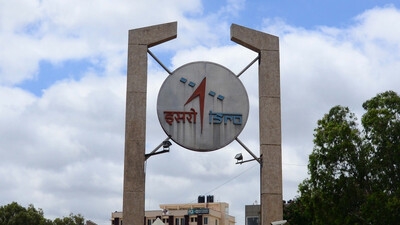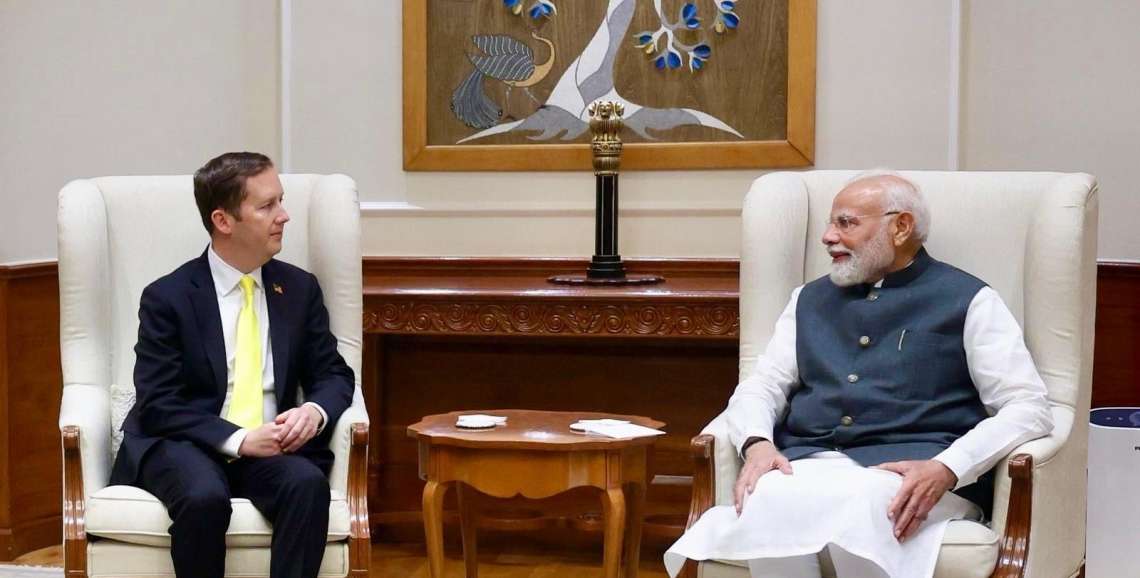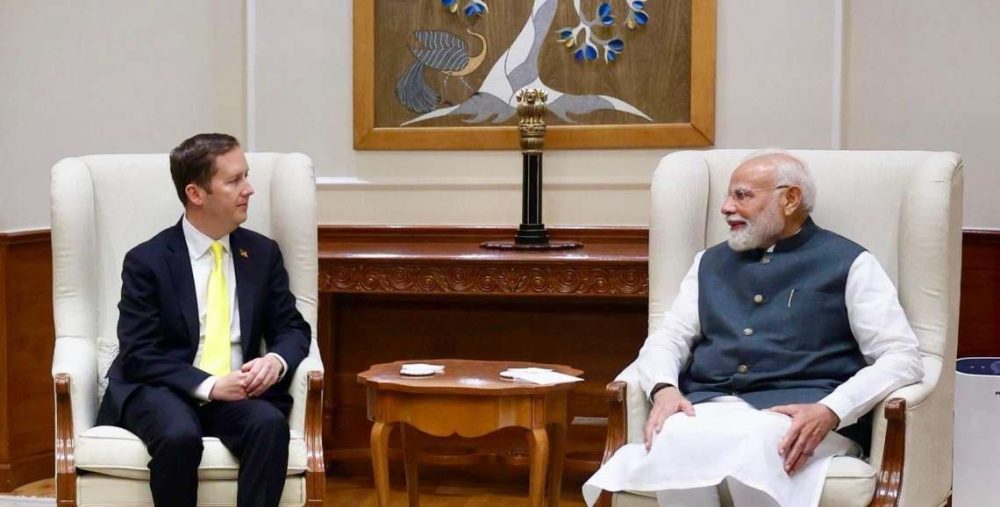Presently ISRO has the LVM3 rocket with a maximum carrying capacity to four ton and GSAT-20 is heavier by 700 kg….reports Asian Lite News
With the development of a rocket that can lift above four ton still a work in progress for Indian Space Research Organisation (ISRO), India will be using a US rocket for the launch of communication satellite GSAT-20 (renamed as GSAT-N2).
According to NewSpace India Ltd, the 4,700kg GSAT-20 built by ISRO will be orbited by Falcon-9 rocket belonging to Elon Musk’s SpaceX sometime during the second quarter of 2024.
Presently ISRO has the LVM3 rocket with a maximum carrying capacity to four ton and GSAT-20 is heavier by 700 kg.
The satellite is to offer cost-effective Ka-Ka band high throughput satellite (HTS) primarily for meeting the broadband, as well as IFMC and cellular backhaul service needs.
Bulk of the HTS capacity on-board GSAT-20 satellite has already been secured by Indian service providers, NSIL said while remaining silent on the customer names.
GSAT-20 offers Ka-Ka band HTS capacity with 32 beams having Pan-India coverage including Andaman and Nicobar and Lakshadweep islands.
According to NSIL, the satellite offers HTS capacity of nearly 48Gpbs. The satellite has been specifically designed to meet the demanding service needs of remote/ unconnected regions.
Earlier India was using the Ariane rockets of Arianespace to launch its communication satellites weighing four or over four ton.
And now it has moved to SpaceX.
Couple of private satellite players from India have used SpaceX’s rockets to launch their small satellites, saying the cost is much cheaper than that of ISRO.
Meanwhile ISRO has to realise its semi-cryogenic engine so that the rockets fitted with it can carry over four ton payload.
The Indian space agency will be testing its semi-cryogenic engine this year.
The semi-cryogenic engine utilizes a propellant combination of Liquid Oxygen (LOX) and Kerosene.
On July 1, 2023, ISRO conducted the first hot test on an intermediate configuration of the semi-cryogenic engine, known as Power Head Test Article (PHTA) at ISRO Propulsion Complex (IPRC), Mahendragiri, Tamil Nadu.
The test was conducted towards developing a 2000 kN thrust semi-cryogenic engine to power the booster stages of future rockets. During the test, an unanticipated spike in the turbine pressure and subsequent loss of turbine speed was observed and the test was terminated.
ALSO READ: Jaishankar: Last 10 Years Have Been Transformational














